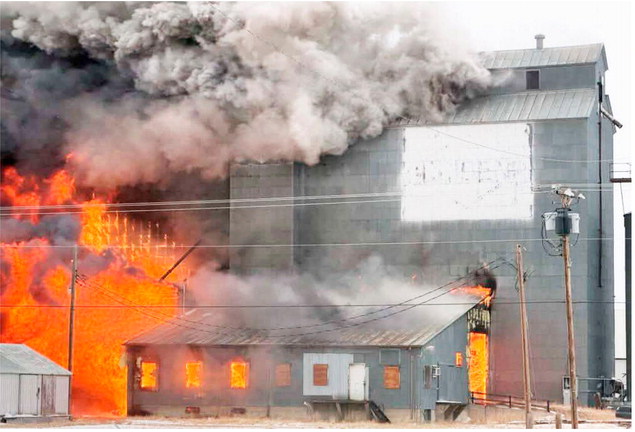Redistricting Commission Votes To Put Map Out For Public Comment
After four days of discussion and revision, Montana’s Redistricting commission voted along partisan lines — with the nonpartisan chair as the tie-breaking vote — in favor of a Democrat proposed legislative map.
The map will be open for public comment and likely more changes.
“This is a tentative map. I expect robust public comment on this map,” presiding officer Maylinn Smith said Thursday.
The commission is charged with redrawing lines following the most recent U.S. Census, and both Republicans and Democrats presented their respective maps for how to divide the state into 100 legislative districts Thursday morning.
Democrats on the four-member body praised the selected map as offering more competitive districts, but Republicans said the lines were freezing them out in at least a couple of more liberal areas.
“Frankly, there’s not one district on the map where I’m able to say we got a tangible improvement and ability to win,” said commissioner Dan Stusek.
Although the debate grew heated at times, the commission chairwoman, appointed by the Montana Supreme Court, said she saw much progress and consensus in the selected map.
“By focusing on the things that you don’t agree on, we make it seem like there’s not a lot of agreement. When I look at the map, there’s a lot of agreement in this,” Smith said. “We’ve come a huge distance from where we were on Monday to where we are today.”
The Districting and Apportionment Commission is made up of four commissioners, two selected by legislative Democrats and two by legislative Republicans.
Each side pointed to compromises they had made in their latest map based on considerations from across the aisle brought forth during the week and public comment collected across the state in the early fall.
Denise Juneau is the newest addition to the commission, replacing Commissioner Joe Lamson, who resigned in October citing health concerns. Juneau, former superintendent of public instruction, summarized the Democrats’ proposed map during their presentation, saying it meets all of the mandatory criteria and goals for legislative districts.
She said the Democrat proposed map avoided splitting more counties and small municipalities than previous proposals, a concern raised early on by Republicans during discussions around criteria.
Commissioner Kendra Miller, another Democrat, said their proposed map would produce more competitive districts – 10 with political leanings split even – compared to her Republican counterparts’ proposed seven districts.
Competitiveness is one of the commission’s goal, but not a criteria, for creating legislative districts.
Republicans on the commission pushed back on the idea the chosen map offered more competition. Rather,Commissioner Jeff Essmann said the Democrat’s map would lead to more safe Senate seats, and that the “real game” is going to be the Senate pairing, where drawn House districts are combined to form the 50 Senate districts.
“More safe seats, less listening to the voters,” Essmann said.
Republicans said their map also met all of the criteria and goals for legislative districts.
Commissioner Stusek said the Democrats’ map had effectively eliminated Republicans in Missoula and Gallatin counties.
“There are very much red pockets in those areas, communities of interest that, unfortunately, we’re kind of seen as expendable in order to meet a statewide goal,” he said.
Stusek, a Helena resident, said he wanted to see a competitive district in Lewis and Clark County, as he sees it being a 50/50 region.
“We weren’t able to successfully change the gerrymander that exists here now. So for me personally, that part of the state stung a little bit,” he said.
Stusek said it was a “kind of devastating outcome for Republicans.”
Republicans won both statewide congressional races and will have a supermajority in the upcoming legislative session.
Stusek had proposed a map during the summer and said during the meeting that he never expected that map would be adopted, a move Miller said felt strategic.
“We’re asking for fair. We’re asking for following criteria,” she said. “We’re not going to come out of here with the upper hand, and we know that.”
But after the meeting, Stusek said Republicans on the commission did not submit maps with an extreme advantage.
“It could have been perhaps 15, 20 seats more than it was,” he said. “We started at seats we thought were logical and compact. But we knew that, you know, we’d have to move and compromise, which we did.”
According to the posted agenda, the commission will meet again Dec. 10 to hear public comment on the proposed House district lines, potential Senate pairings, and assignment of holdover senators.
The commission is scheduled to meet again Dec. 15 to adopt the final map and Senate pairings, meet again Dec. 21 to review the plan and take public comment, and will submit its map to the 2023 legislature in January.

